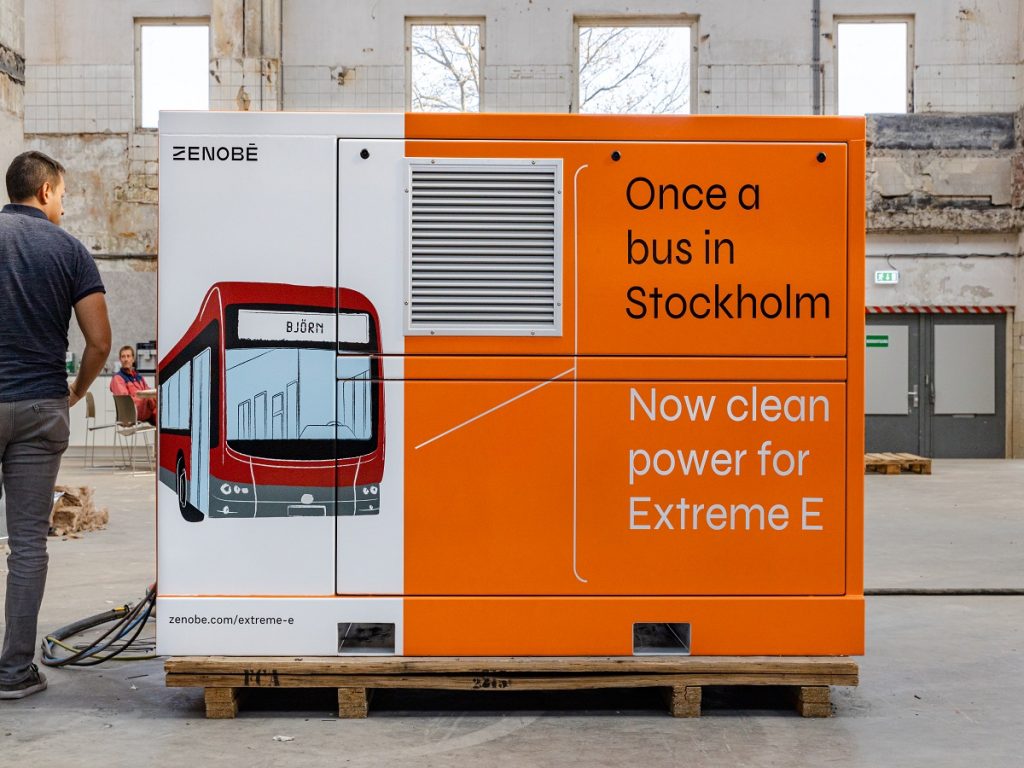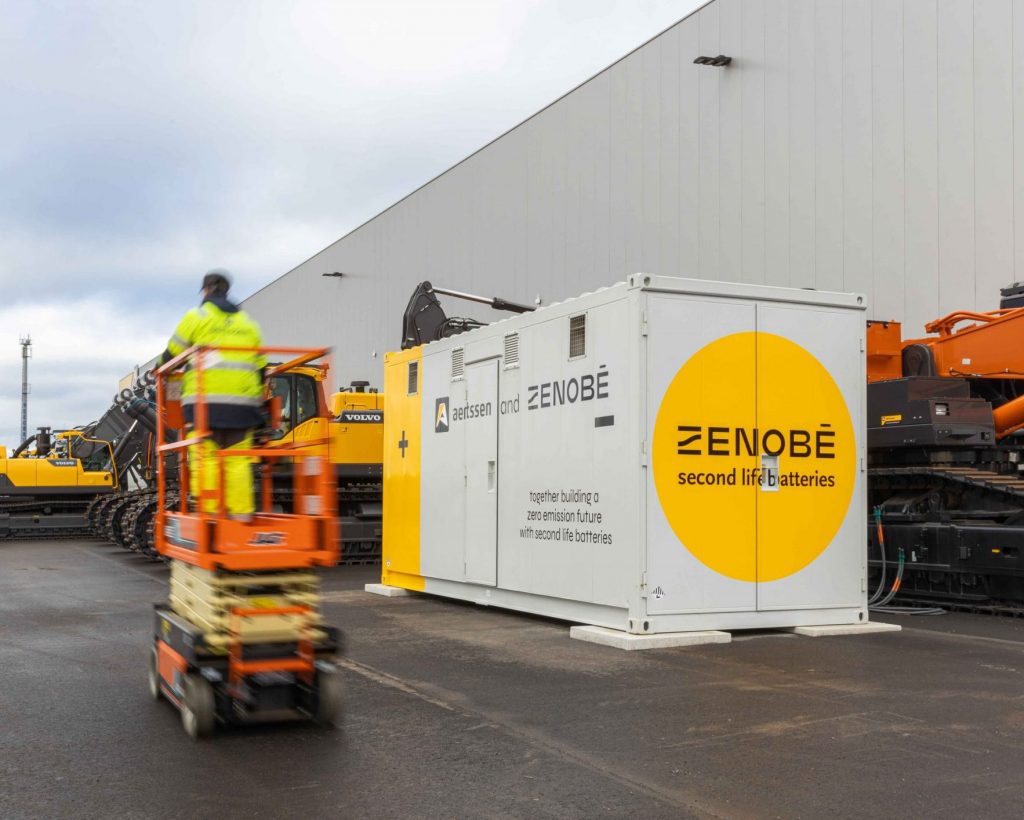Why we need a second-life for EV batteries: an interview with Rob Long, Senior Business Development Associate
01.
How did you get involved with second-life batteries?
I’ve been at Zenobē for over three years and started in the Operations team. In my first role, I monitored the performance of our grid and electric vehicle (EV) batteries, getting to know their capabilities and limitations. Now, as a Business Development Associate, I use this technical knowledge to develop new business for second-life, including portable battery projects.
02.
Can you explain what a second-life battery is?
Quite simply, it’s a battery which is reused after it’s unable to deliver the energy needed for its primary application, like accelerating an 18-ton electric bus around busy streets for 16 hours a day.
At Zenobē, we use first life batteries to power EV fleets. These batteries have a very high energy density requirement to ensure they have sufficient capacity to complete their scheduled route.
After approximately five to seven years, an EV battery will degrade to the point where it cannot hold enough charge to meet its route requirements. At this point, we’ll replace it for a new one.
This first life battery can then be repurposed for alternative applications. It comes off the vehicle and is then tested, rehoused and repurposed for use in a second life.

03.
What are the benefits of using batteries in second-life applications?
Using batteries in second life applications has both environmental and economic benefits:
- More CO2 is saved thanks to a longer lifetime: on average 335 tonnes CO2 saved per battery lifetime
- Providing power in place of polluting technologies like, for example, diesel generators can save 100 litres of fuel a day
- Fewer batteries need to be manufactured from scratch, saving materials
- Getting value from second life applications means the cost of the first life battery is reduced for customers
- By extending the usable life, recycling processes have time to improve, meaning less material loss particularly if this can be dealt with on a local basis
04.
Are any materials ‘lost’ during refurbishment?
Before refurbishing the batteries, we run tests to ensure they will be able to perform in a new application. If a battery module has no internal failures and has sufficient capacity remaining, then none of the materials are lost. If housing or connection materials need to be replaced, we will recycle them.
Sometimes during testing we may need to remove modules which are degraded beyond reuse – these are sent to a recycling facility. By being selective we can ensure the integrity of our second life battery systems.

05.
How has Zenobē used second-life batteries so far?
It’s exciting to play a part in building a circular economy for batteries; to ensure they are as environmentally and financially sustainable as possible.
There are so many potential applications, from replacing diesel generators at film sets, events and construction sites, to supporting on site renewable generation. And we’ve already worked on some cool projects proving that second-life batteries can:
- Stand the test of harsh conditions: our second life battery ‘Björn’ has been providing remote power for Extreme E’s paddock operations, travelling from the heat of the Sahara to the cold of Greenland.
- Support on site renewable generation: at Aertssen in Belgium, batteries charge with excess energy from solar panels in the day to power a fleet of electric construction vehicles at night.
- Charge e-buses: we have a second life e-bus battery going into a bus depot to help charge the buses overnight, tackling the constraints in flow of electricity from the grid. A truly circular approach!
